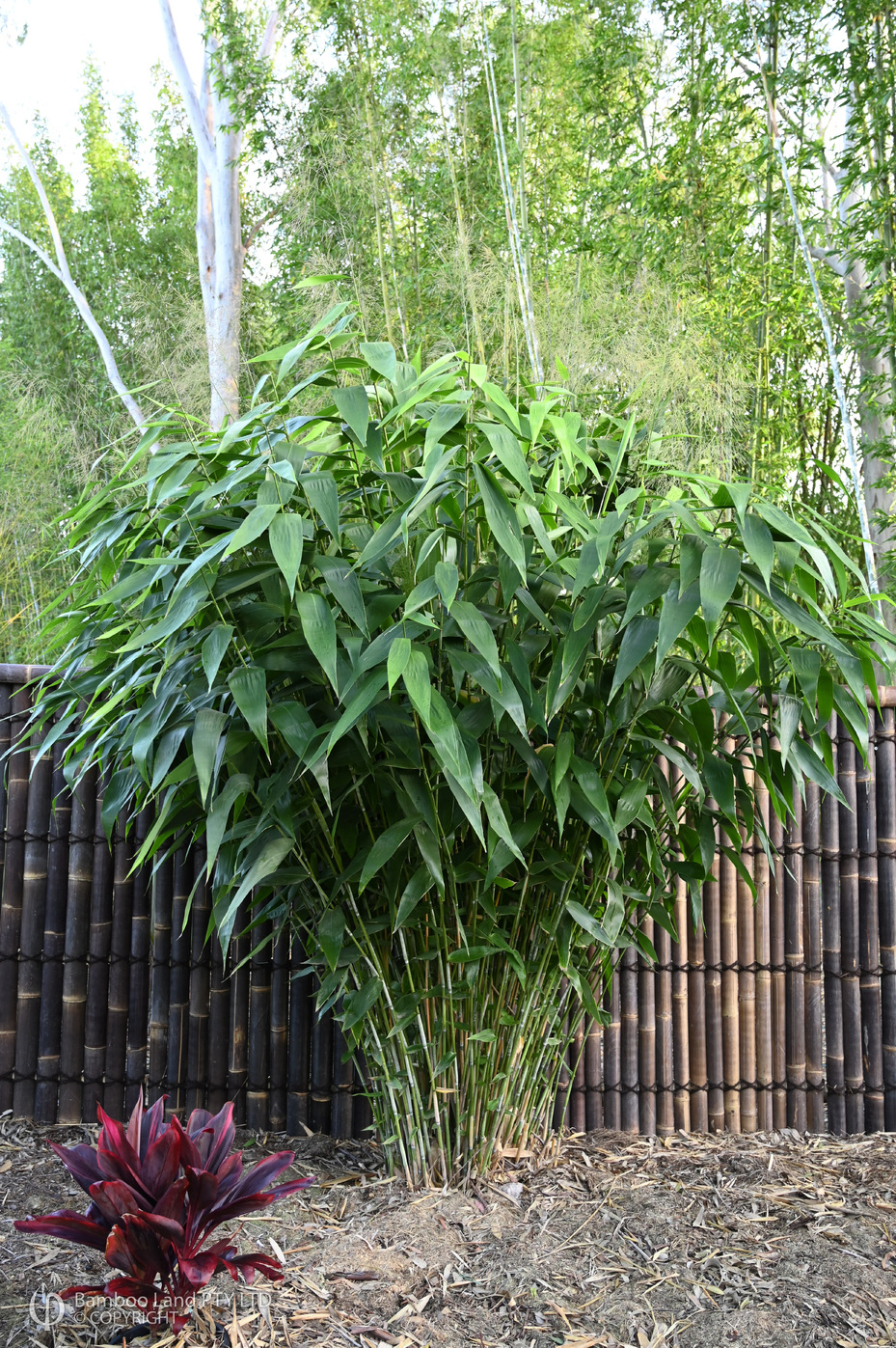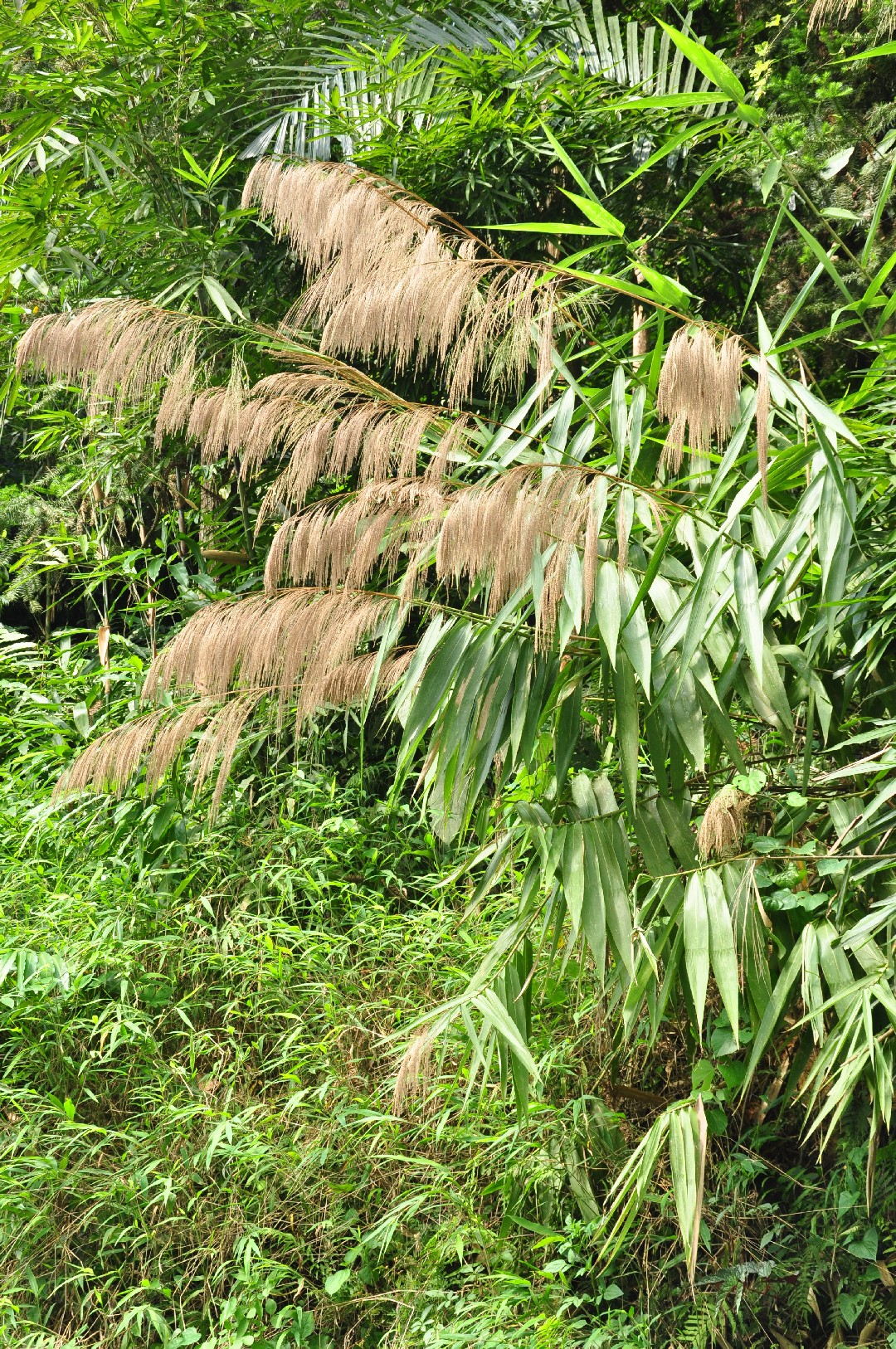“`html
The Versatile Tiger Grass: A Comprehensive Guide
The Versatile Tiger Grass: A Comprehensive Guide
Tiger grass, scientifically known as Thysanolaena latifolia, is a remarkable plant with a rich history and diverse applications. This tall, robust grass, often reaching heights of several meters, is native to Southeast Asia and the Indian subcontinent, where it thrives in warm, humid climates. Its distinctive feathery plumes and strong, flexible stems have made it a valuable resource for local communities for generations. This article delves into the various aspects of tiger grass, exploring its botanical characteristics, traditional uses, modern applications, cultivation, and ecological significance.
Botanical Characteristics
Tiger grass is a perennial grass belonging to the Poaceae family. It is characterized by its:
Growth Habit

It forms dense clumps of erect culms (stems) that can grow up to 3-5 meters tall, sometimes even taller in optimal conditions. The stems are sturdy and hollow, providing excellent flexibility and strength.
Leaves
The leaves are long, lance-shaped, and have a distinctive rough texture. They are typically green, but can exhibit variations depending on environmental factors. The leaves are arranged alternately along the stem.
Inflorescence

The most striking feature of tiger grass is its large, feathery panicle, or inflorescence. This plume-like structure is composed of numerous small spikelets, which bear the flowers and later the seeds. The inflorescence is often silvery or light brown, adding to the plant’s aesthetic appeal.
Roots
Tiger grass possesses a fibrous root system that helps anchor the plant and prevent soil erosion. These roots are also efficient at absorbing water and nutrients from the soil.
Traditional Uses

For centuries, communities in regions where tiger grass grows naturally have utilized it for a wide range of purposes:
Broom Making
The most common and traditional use of tiger grass is for making brooms. The strong, flexible stems and feathery panicles are ideal for sweeping, and the brooms are durable and effective. These brooms are often preferred for their ability to sweep fine dust and debris.
Roofing Material
In rural areas, tiger grass is used as a roofing material. The long, sturdy stems are woven together to form thatch roofs that provide excellent insulation and protection from the elements. These roofs are known for their durability and natural aesthetic.
Basketry and Handicrafts
The flexible stems of tiger grass are also used for weaving baskets, mats, and other handicrafts. These products are often intricately woven and demonstrate the craftsmanship of local artisans.
Medicinal Uses
In traditional medicine, tiger grass has been used to treat various ailments. Some communities use it to prepare remedies for fever, skin conditions, and digestive issues. However, scientific validation of these medicinal uses is limited.
Fodder
In some areas, tiger grass is used as fodder for livestock, particularly during dry seasons when other forage is scarce. While it is not considered a primary feed source, it can provide supplementary nutrition.
Modern Applications
Beyond its traditional uses, tiger grass is finding new applications in modern industries:
Eco-Friendly Products
With growing awareness of environmental sustainability, tiger grass is being explored as a raw material for eco-friendly products. Its natural biodegradability and renewability make it an attractive alternative to synthetic materials.
Construction Materials
Research is being conducted on using tiger grass fibers in composite materials for construction. These composites can be used for making panels, boards, and other building components, offering a sustainable alternative to traditional materials.
Paper and Pulp
The fibrous nature of tiger grass makes it a potential source of pulp for paper production. While not yet widely adopted, this application could contribute to reducing reliance on wood pulp.
Erosion Control
The strong root system of tiger grass makes it effective for preventing soil erosion. It is often planted on slopes and embankments to stabilize the soil and prevent landslides.
Landscaping and Ornamental Use
The attractive feathery plumes of tiger grass make it a popular choice for landscaping and ornamental purposes. It adds a touch of natural beauty to gardens and parks.
Cultivation
Cultivating tiger grass is relatively simple, making it a viable crop for many regions:
Propagation
Tiger grass can be propagated by seeds or by dividing clumps. Seed propagation is less common due to the low germination rate. Division of clumps is the preferred method, as it ensures faster and more reliable growth.
Soil and Climate
Tiger grass thrives in well-drained soils and warm, humid climates. It prefers full sun to partial shade and can tolerate a range of soil types, including sandy and loamy soils.
Planting and Maintenance
Clumps of tiger grass should be planted at a spacing of about 1-2 meters apart. Regular watering is essential during the initial establishment phase. Once established, tiger grass is relatively drought-tolerant and requires minimal maintenance.
Harvesting
Tiger grass is typically harvested when the panicles are fully developed. The stems are cut close to the ground, and the panicles are dried before being used for various purposes.
Ecological Significance
Tiger grass plays a vital role in maintaining ecological balance:
Biodiversity
It provides habitat and food for various insects and small animals, contributing to local biodiversity.
Soil Conservation
Its extensive root system helps prevent soil erosion and maintain soil fertility.
Carbon Sequestration
As a fast-growing plant, tiger grass can sequester significant amounts of carbon dioxide, helping to mitigate climate change.
Watershed Protection
By preventing soil erosion and promoting water infiltration, tiger grass helps protect watersheds and maintain water quality.
Challenges and Future Prospects
Despite its numerous benefits, tiger grass cultivation and utilization face certain challenges:
Limited Commercialization
While traditional uses are widespread, commercialization of tiger grass products is limited. This is due in part to the lack of standardized cultivation and processing techniques.
Competition from Synthetic Materials
Synthetic materials often offer lower costs and greater availability, posing competition for tiger grass products.
Lack of Awareness
Many people are unaware of the diverse applications and ecological benefits of tiger grass.
However, the future prospects for tiger grass are promising. With increasing emphasis on sustainability and eco-friendly products, there is growing interest in utilizing this versatile plant. Further research and development can lead to improved cultivation practices, new product innovations, and greater commercialization.
In conclusion, tiger grass is a remarkable plant with a rich history and diverse applications. Its botanical characteristics, traditional uses, modern applications, cultivation, and ecological significance make it a valuable resource for communities and industries alike. As we strive for a more sustainable future, tiger grass offers a natural and versatile solution to many of our needs.
“`


